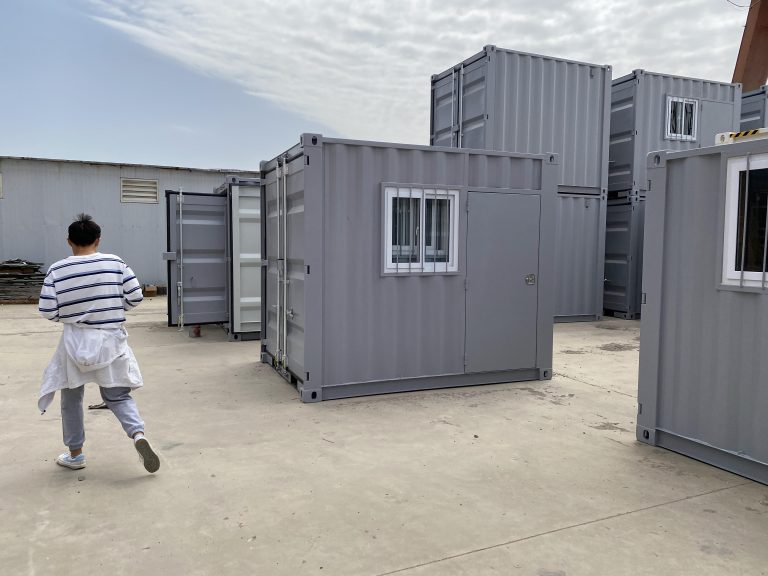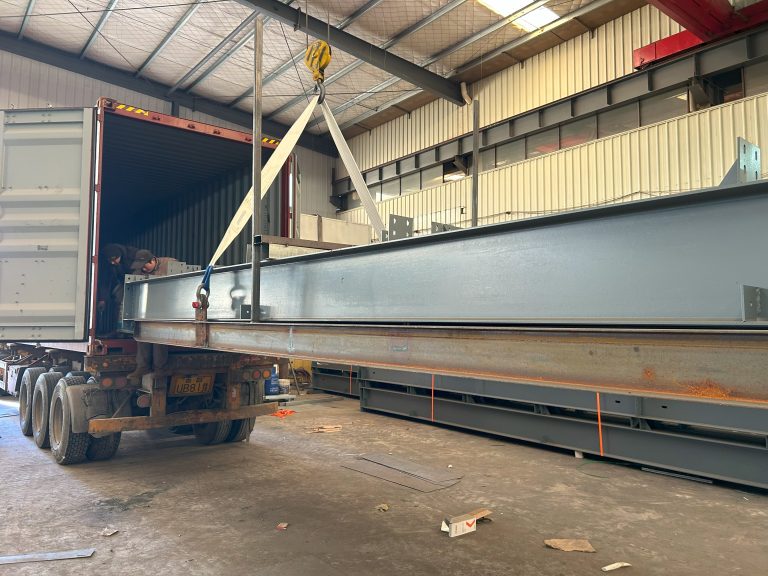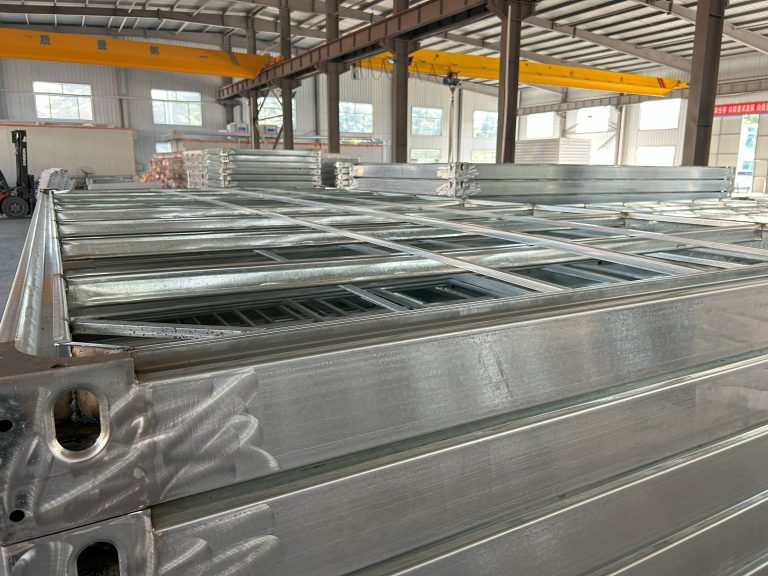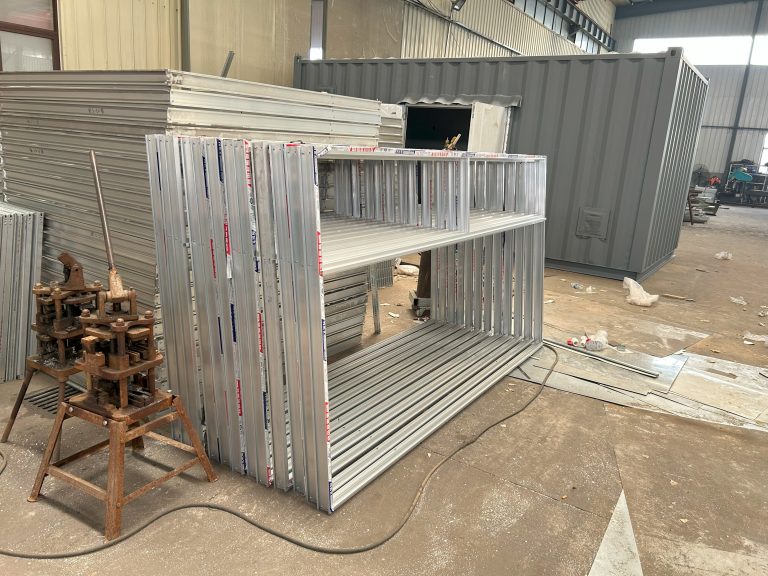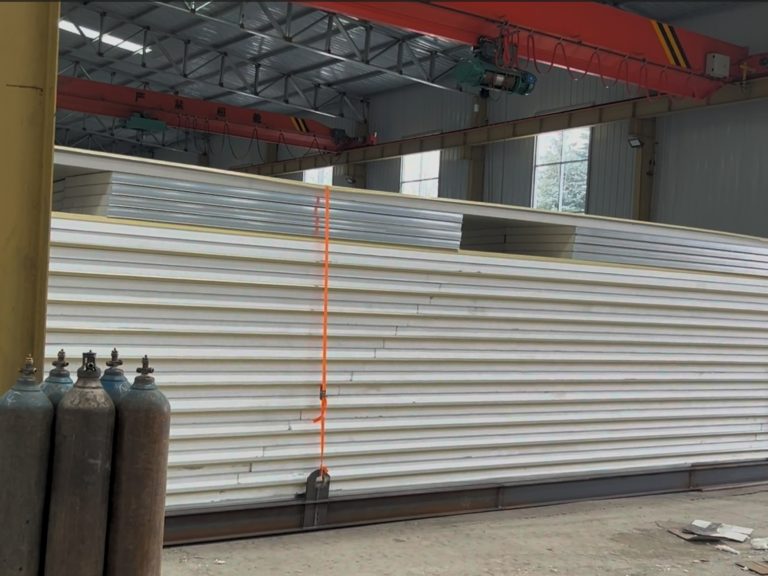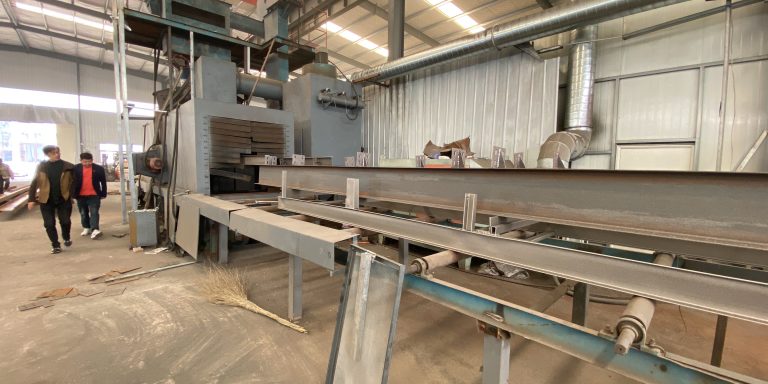Optimization of process parameters and control strategy of sand blasting for steel frame surface pretreatment
Table of Contents
Importance of Optimizing Process Parameters for Sand Blasting on Steel Frame Surface Pretreatment
Sand blasting is a common surface treatment method used in various industries, including the manufacturing of steel frames. The process involves propelling abrasive materials at high speeds to remove surface contaminants and create a rough texture for better adhesion of coatings. However, the effectiveness of sand blasting heavily relies on the optimization of process parameters and control strategies to achieve the desired surface finish and quality.
One of the key process parameters that need to be optimized is the abrasive material used in sand blasting. The type, size, and hardness of the abrasive material can significantly impact the surface roughness and cleanliness of the steel frame. For instance, using abrasive materials with larger particle sizes can result in a rougher surface finish, while softer abrasives may not effectively remove tough contaminants. By carefully selecting the right abrasive material based on the specific requirements of the steel frame surface, manufacturers can achieve optimal results in terms of surface preparation.
In addition to the abrasive material, the blasting pressure and nozzle distance are critical process parameters that must be carefully controlled during sand blasting. The blasting pressure determines the speed at which the abrasive material is propelled onto the steel frame, while the nozzle distance dictates the distance between the nozzle and the surface being treated. By adjusting these parameters, manufacturers can achieve the desired surface roughness and cleanliness without causing damage to the steel frame.
Furthermore, the control strategy of sand blasting plays a crucial role in ensuring consistent and high-quality surface treatment. By implementing automated control systems, manufacturers can monitor and adjust process parameters in real-time to maintain optimal blasting conditions. This not only improves the efficiency of the sand blasting process but also reduces the risk of human error and variability in surface finish.
Moreover, the optimization of process parameters and control strategy can also lead to cost savings for manufacturers. By fine-tuning the sand blasting process, manufacturers can reduce abrasive material consumption, minimize rework, and improve overall productivity. This not only benefits the bottom line but also enhances the competitiveness of steel frame manufacturers in the market.
In conclusion, the optimization of process parameters and control strategy is essential for achieving the desired surface finish and quality in sand blasting for steel frame surface pretreatment. By carefully selecting abrasive materials, controlling blasting pressure and nozzle distance, and implementing effective control systems, manufacturers can improve the efficiency, consistency, and cost-effectiveness of the sand blasting process. Ultimately, optimizing process parameters and control strategy is key to ensuring the success of steel frame surface treatment and meeting the stringent quality standards of the industry.
Implementing an Effective Control Strategy for Sand Blasting in Steel Frame Surface Pretreatment
Steel frame surface pretreatment is a crucial step in the manufacturing process to ensure the quality and durability of the final product. Sand blasting is a commonly used method for removing rust, scale, and other contaminants from steel surfaces before painting or coating. However, the effectiveness of sand blasting depends on various process parameters and control strategies that must be optimized to achieve the desired surface finish.
One of the key process parameters in sand blasting is the abrasive material used. The type, size, and shape of the abrasive particles can significantly impact the efficiency and quality of the blasting process. For steel frame surface pretreatment, commonly used abrasives include silica sand, aluminum oxide, and steel grit. Each abrasive material has its own advantages and limitations, and the selection of the appropriate abrasive is crucial for achieving the desired surface roughness and cleanliness.
In addition to the abrasive material, other process parameters such as blasting pressure, nozzle distance, and angle of impact also play a critical role in determining the effectiveness of sand blasting. The blasting pressure must be carefully controlled to ensure that the abrasive particles have enough kinetic energy to remove contaminants without causing damage to the steel surface. The distance between the blasting nozzle and the steel frame, as well as the angle of impact, must be optimized to achieve uniform surface coverage and consistent results.
To optimize the process parameters of sand blasting, it is essential to develop a comprehensive control strategy that takes into account the specific requirements of steel frame surface pretreatment. A well-designed control strategy should include monitoring and adjustment of process parameters in real-time to ensure consistent and reliable results. This can be achieved through the use of advanced monitoring systems that provide feedback on key process variables such as abrasive flow rate, blasting pressure, and nozzle position.
Furthermore, the control strategy should also incorporate preventive maintenance practices to ensure the long-term reliability and efficiency of the sand blasting equipment. Regular inspection and cleaning of blasting nozzles, hoses, and other components can help prevent clogging and ensure optimal performance. In addition, proper training of operators is essential to ensure that they understand the importance of following the established process parameters and control strategies.
Implementing an effective control strategy for sand blasting in steel frame surface pretreatment requires a systematic approach that involves collaboration between engineers, operators, and maintenance personnel. By optimizing process parameters, selecting the right abrasive material, and developing a comprehensive control strategy, manufacturers can achieve consistent and high-quality surface finishes that meet the stringent requirements of the industry.
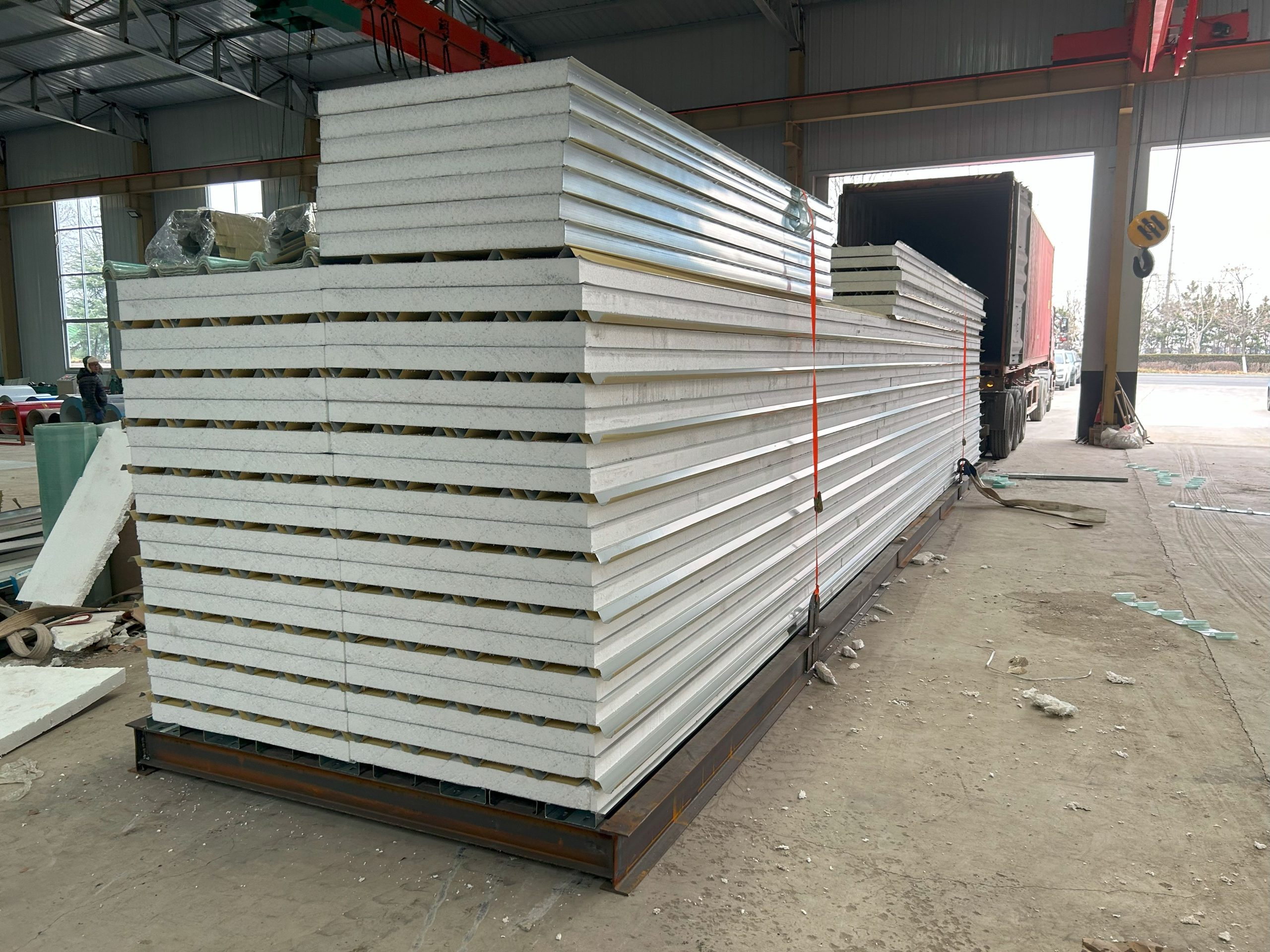
In conclusion, the optimization of process parameters and control strategy of sand blasting is essential for achieving the desired surface finish in steel frame surface pretreatment. By carefully selecting abrasive materials, controlling blasting pressure, and monitoring key process variables, manufacturers can ensure consistent and reliable results. Implementing preventive maintenance practices and providing proper training to operators are also crucial for the long-term efficiency and reliability of the sand blasting equipment. With a well-designed control strategy in place, manufacturers can enhance the quality and durability of their steel frame products, ultimately improving customer satisfaction and competitiveness in the market.

